
Can you have as much wine with dinner as your male partner—but without any extra adverse consequences? Short answer: no. Many studies have concluded that male and female bodies are differently affected by environment and lifestyle factors. Understanding these differences may help your health.
01
Sleep

Sleep is essential for life. Go without, and you will likely gain weight and be at a higher risk of diabetes, kidney disease, high blood pressure and stroke, and a lower immune function. According to research, sleep-deprived women find themselves more affected than their male partners on the same amount of sleep.
A 2017 study of 744 patients concluded that sleep-deprived women are more likely to feel tired and depressed. They had trouble settling for sleep on subsequent nights; also, memory and concentration were affected.
Because estrogen, progesterone, and testosterone regulate sleep and arousal, hormonal changes can and do influence sleep patterns in women (hence poorer sleep after 40!). So does motherhood: a study of 5,800 parents concluded that mothers get less sleep than fathers. Sleep deprivation increased by 50 percent with each additional child. Moreover, there’s a good reason to hit the sack early: women’s circadian rhythm is set an hour earlier for women.
02
Tips for better sleep

- Say no to nightcaps: alcohol interferes with sleep (and increases snoring).
- Valerian and magnesium are often used to help achieve better sleep. Remember to check with your health care practitioner before trying a new supplement.
- Avoid screen time (including smartphones), as well as caffeine, before bed.
- Keep your bedroom cool and dark.
- As much as possible, keep your bedtimes and wake times consistent.
03
Alcohol

Each 10 g of daily alcohol increases a woman’s risk of breast cancer by 7 to 10 percent, particularly the hormone-receptor positive subtypes. But … is all alcohol bad? Red wine contains antioxidants called polyphenols, 70 percent of which are made of resveratrol, catechin, and quercetin. They can act as estrogen blockers, hence the protective effect, but the overall conclusion is that alcohol consumption increases breast cancer risk, no matter the choice of beverage.
Kamloops nutritionist Melanie Pouliot, CNC, advises caution, more so with existing hormonal issues. “Alcohol affects the liver, which in turn affects women’s hormones,” she explains. “That can worsen hormonal imbalances, increasing hot flashes in premenopausal women.”
While alcohol lowers risk of cardiovascular disease, when we indulge in the occasional glass of (ideally) red wine, the benefits were observed mostly in people over 50.
04
Iron
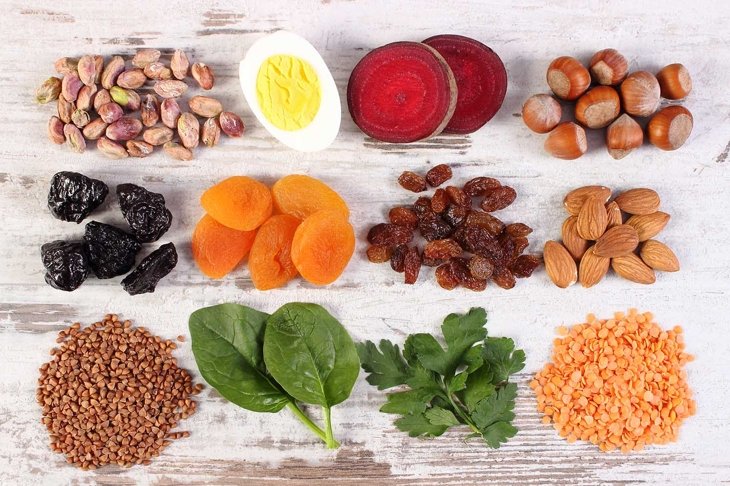
When it comes to iron, women’s bodies have some extra challenges. “Monthly menstrual cycles and childbirth increase the risk of women developing iron-deficient anemia,” says Ben Kim, a health educator based in Ontario. He recommends iron-rich foods before supplements: elk and grass-fed bison meat, pumpkin seeds, cooked broccoli, and beans and pulses (soak before cooking!).
Pouliot suggests regular blood tests and awareness. “Women should watch for symptoms such as excessive post-exercise tiredness or shortness of breath,” she says. A food-based iron supplement for women can help if tests reveal low levels.
Among others, iron absorption is regulated by hepcidin, a liver-produced hormone. In women, estrogen was found to decrease hepcidin synthesis in menstruating women to keep iron levels in balance.
Easy does it
Moderate to heavy drinking by adolescent and young adult women increases lifelong risk of breast cancer due to a higher susceptibility of the developing breast tissue.
05
Iron in Athletics
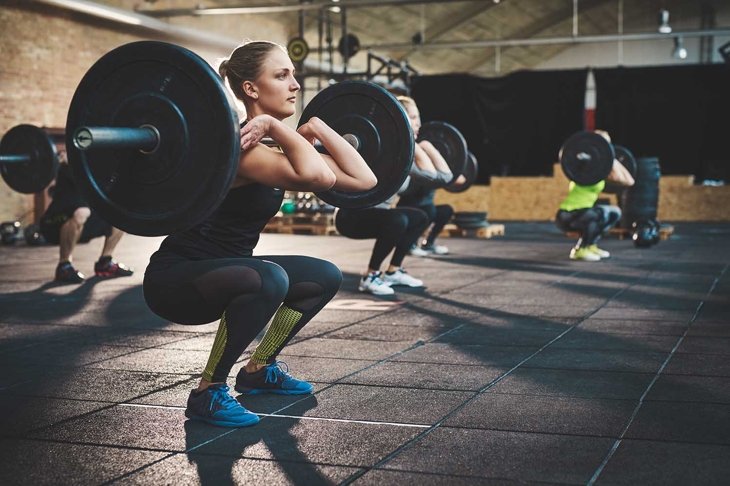
Women athletes have five to seven times higher prevalence of iron disorders. Certain types of exercise and inflammation can increase circulating levels of hepcidin, which can cause iron-deficient anemia. Even in post-menopause, women athletes can experience decreased iron levels during and after exercise.
06
Calcium
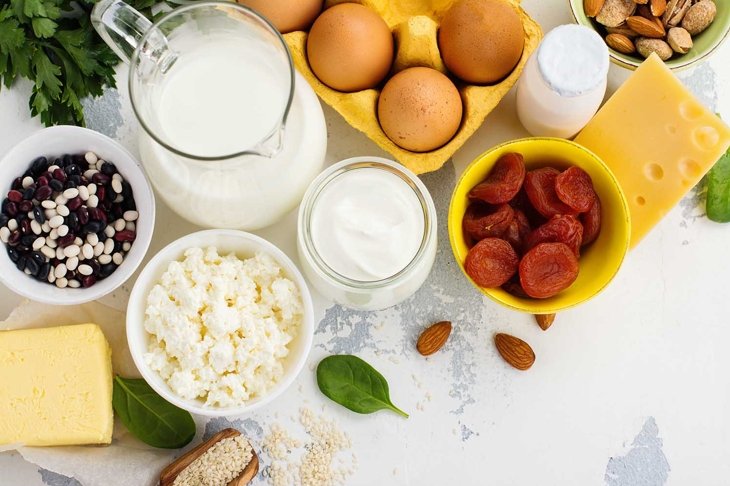
Consuming more than 1,000 mg of calcium daily is associated with an increased risk of heart disease for men, and kidney stones and heart attacks, respectively, for women. There is no risk associated with normal dietary intake, though, so help yourself to leafy greens, nuts and seeds, and canned fish (bones included).
Women are four times more at risk of osteoporosis (yes, unfair). Blame it on physiologically lower bone density and earlier bone loss, coupled with decreasing estrogen levels. When thinking calcium, don’t forget about an essential vitamin. “People should focus on supplementing with vitamin D, more so between fall and spring,” reminds Pouliot.
Vitamin K is also important, as it is thought to help protect the heart and arteries from calcification.
07
Treats
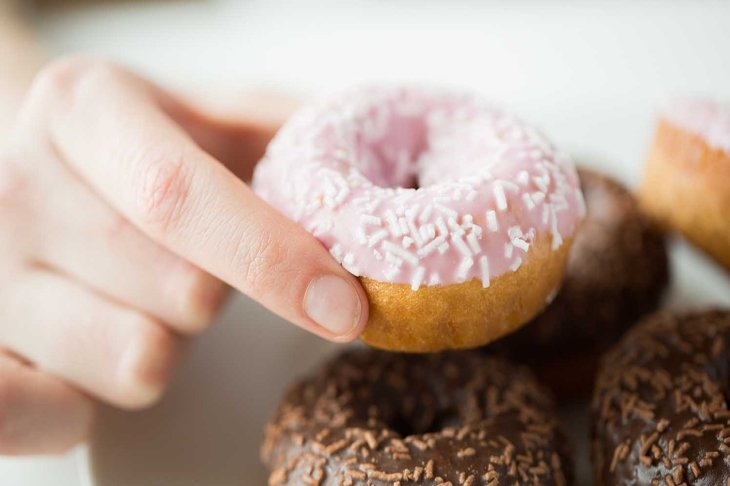
It’s not a sin to like treats, but it matters which ones you choose. Gender notwithstanding, loading up on refined sugary treats disrupts your microbiome and increases your risk of diabetes, kidney disease, cancer, heart disease, neuropathy, and age-related cognitive decline.
A 2015 study concluded that a diet high in refined carbohydrates increases the risk of depression in middle-aged women; in contrast, lowering dietary sugar improves hormonal imbalances.
08
Considering carbs
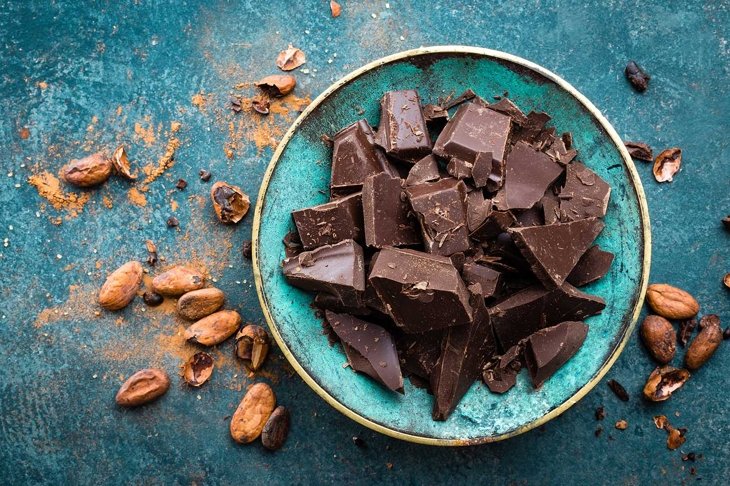
“Carbohydrates are essential to the human body, but we need the complex ones found in whole, unprocessed foods,” says Pouliot. Our bodies need soluble and insoluble fibres from complex carbohydrates for healthy digestion.
Pouliot recommends at least 70 percent organic chocolate, which contains less sugar and more magnesium, which helps reduce craving; a small square a day would suffice. Or, mix Medjool dates, raw cacao powder, and walnuts for yummy, healthy truffles. In the end, it’s not about giving up treats but making them better!





















